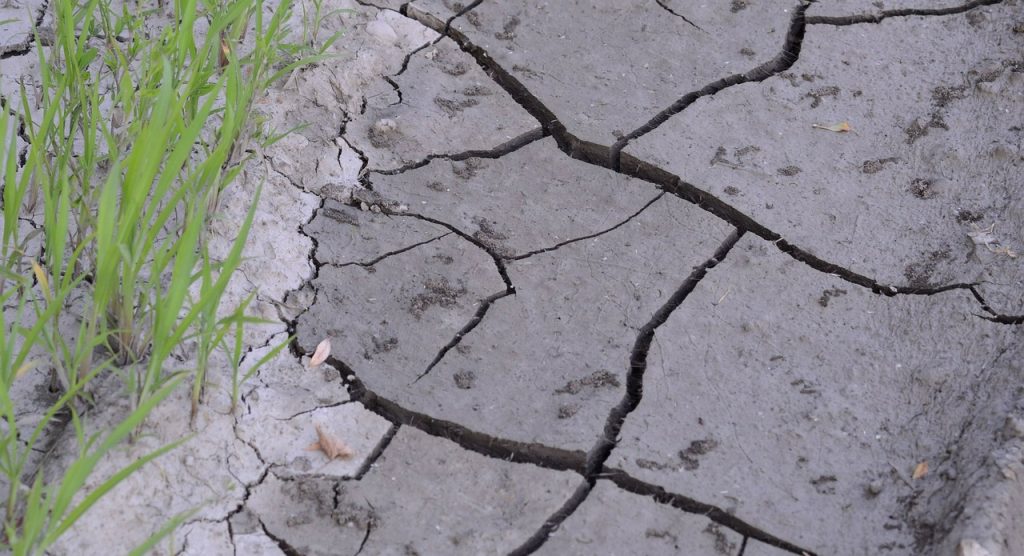WMO: Earth hazardously heading toward 3°C increase by 2100

December 3rd, 2019
Average temperatures over the past decade are almost certain to be the highest on record, according to the World Meteorological Organization (WMO).
New data released by the WMO also indicates that 2019 is on course to be the second or third warmest year on record following a decade of “exceptional” global heat, retreating ice and record sea levels, all driven by emissions from human sources.
The UN agency’s provisional statement on the State of the Global Climate indicates that the global average temperature for the first 10 months of 2019 was 1.1 degrees Celsius above pre-industrial levels.
Concentrations of carbon dioxide in the atmosphere – that hit a record level of 407.8 parts per million in 2018 – are continued to rise in 2019.
Sea level rise has accelerated since the start of satellite measurements in 1993 as the ice sheets in Greenland and Antarctica continue to melt, the report states. Large areas of the Arctic were also unusually warm in 2019.
As the ice melts, the planet’s ability to deflect the sun’s rays back out into the atmosphere and into space is reduced and the open oceans then absorbs more heat.
Today, the report states, ocean heat is at record levels leading to widespread marine heatwaves, leaving seawater 26 per cent more acidic than it was at the start of the industrial era.
More than 90 per cent of the excess energy amassing in the climate comes as a result of increased concentrations of greenhouse gases going into the ocean. So far in 2019, the ocean has on average experienced around 1.5 months of unusually warm temperatures.
“If we do not take urgent climate action now, then we are heading for a temperature increase of more than 3°C by the end of the century, with ever more harmful impacts on human wellbeing,” warned WMO Secretary-General Petteri Taalas.
“On a day-to-day basis, the impacts of climate change play out through extreme and “abnormal” weather. And, once again in 2019, weather and climate-related risks hit hard,” he added.

Flooding and drought
So-called once in a century heatwaves and floods are becoming more regular occurrences, the WMO said, with the Bahamas, Japan and Mozambique just some examples of countries to face the devastating effects of violent tropical cyclones this year.
A key weather issue in 2019, the WMO said, was erratic rainfall patterns influencing the wildfires that swept through the Arctic, California and Australia.
Drought-affected many parts of southeast Asia and the southwest Pacific in 2019, while long-term drought conditions that impacted eastern Australia in 2017 and 2018 expanded and intensified in 2019, with the January to October period the driest on record since 1902.
Conversely, central USA, northern Canada, northern Russia, and southwest Asia received abnormally high precipitation this year, while Iran was badly affected by flooding in late March and early April.
Major flooding also affected many drought-affected parts of east Africa in October and early November, and very wet conditions affected parts of South America in January.

Intense heat and health impacts
Extreme heat conditions are also taking an increasing toll on human health and health systems with greater impacts where there are aging populations, urbanization and health inequities, the report found.
Two major heatwaves occurred in Europe in late June and late July, with several countries and cities in the bloc recording record highs in the low to mid-40’s. This resulted in a number of deaths in Spain and France, while the heatwave in the Netherlands was associated with almost 3,000 deaths.
In Japan, a major heatwave event affected the country in late July to early August 2019 resulting in over 100 deaths and an additional 18,000 hospitalizations.
Climate variability and weather extremes are also a “compounding driver” of hunger in over 30 countries, the WMO found, as well the internal displacement of millions between January and June 2019.
In southern Africa, delays in seasonal rains combined with extensive dry periods have seen regional cereal output down, leaving 12.5 million people likely to experience severe food insecurity until at least March 2020.
Some of the worst flooding in the past decade in Afghanistan earlier this year left millions food insecure, with 22 out of 34 provinces still recovering from severe drought conditions faced in 2018.
The final State of the Climate report with overall data for 2019 will be published in March 2020.
[x_author title=”About the Author”]







